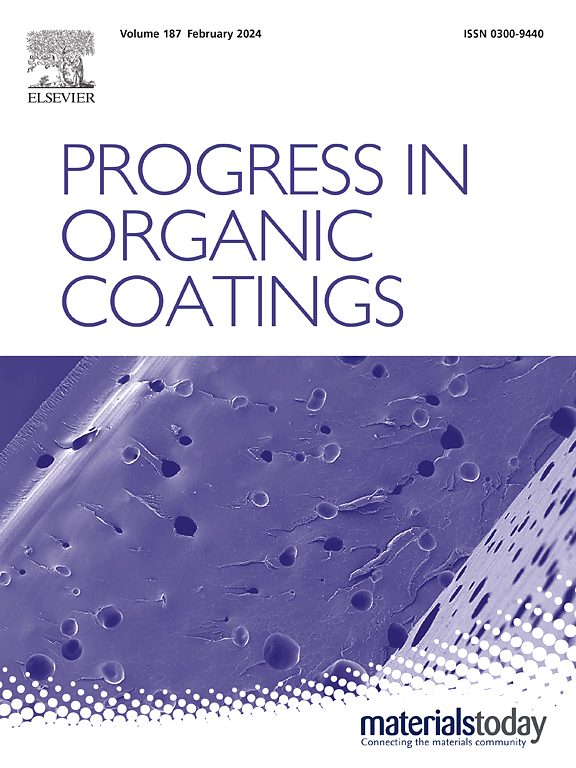Study on the chemical bonding at the interface between epoxy primer and polyurethane topcoat
Abstract
This study investigates the interlayer bonding mechanism between epoxy primers and polyurethane topcoats commonly used in marine coatings. Previous studies have focused on the physical bonding between the coatings, but this study focused on the theory of chemical bonding. Using E-44 and HP2000 as primers and MDI toluene solution to simulate a polyurethane topcoat, the changes in the molecular structure at the interface between the epoxy primer and the polyurethane topcoat after curing were revealed by sum-frequency vibrational spectroscopy (SFG) technique. The experiments showed that the hydroxyl (-OH) signals on the surface of the epoxy primer disappeared after contacting with the MDI solution, and the isocyanate (-NCO) and carbonyl (C=O) signals on the urethane topcoat were revealed, suggesting that a chemical reaction occurred between them. The results of SFG analysis were further supported by X-ray photoelectron spectroscopy, Raman spectroscopy, infrared spectroscopy and scanning electron microscopy. It was found that chemical bonding had a positive effect on the macroscopic properties of the coatings, indicating that the interlayer bonding between the primer and the topcoat could be significantly enhanced by chemical bonding, which provides new theoretical support for the interlayer bonding of the coating support system for marine environment.

 求助内容:
求助内容: 应助结果提醒方式:
应助结果提醒方式:


